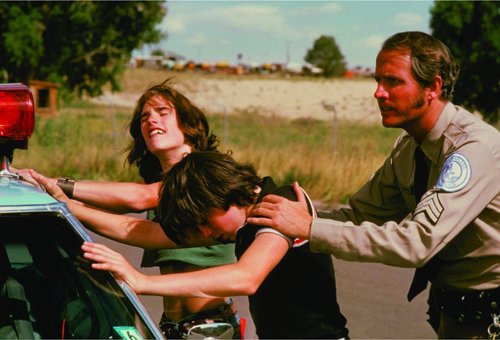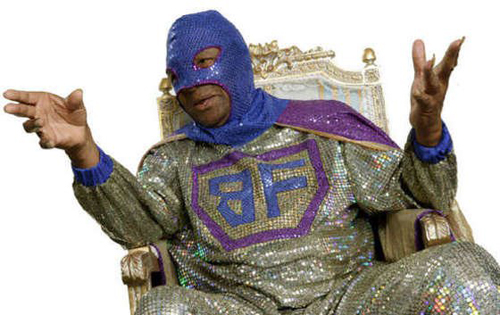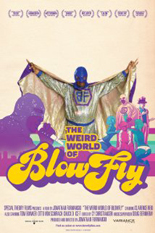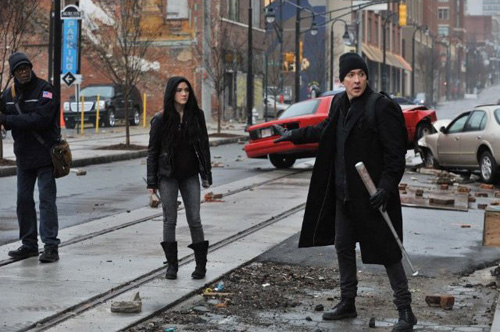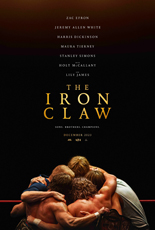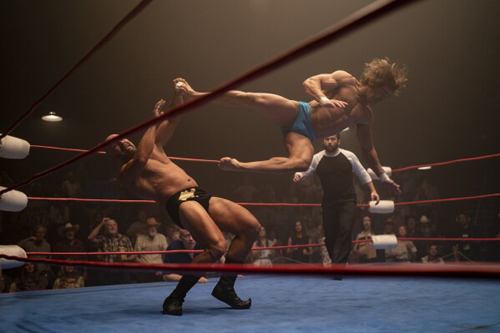
Director Gus Van Sant was on the top of the film world in the 1990s, with the semi-wistful Good Will Hunting heralding a true rags-to-riches story. Then, the 1998 shot-for-shot/pretension-to-pretension remake of Alfred Hitchcock’s Psycho barreled its way though the floppish door, with its brain-numbing thunderclouds, bleating sheep and other l’artiste touches.
So, yeah, I didn’t like the lousy remake.
But I was pretty much in love with Van Sant’s early work, especially To Die For. I saw it opening night in 1995, mostly because I was hoping to score some time with a private school girl I was very smitten with. Of course, she stood me up — I was a 15-year-old jerk who invited girls to Van Sant movies because I liked My Own Private Idaho and Even Cowgirls Get the Blues. (To be fair, I think my Film Threat subscription had more to do with my fandom.)
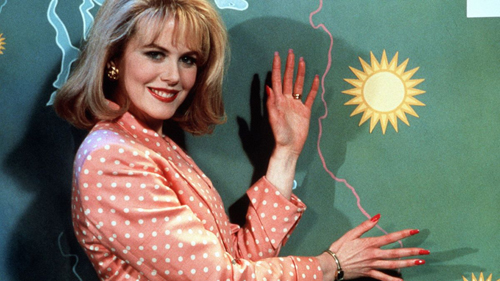
Even sitting alone in the movie theater, I recall really liking the movie. Why wouldn’t I? Not only was it Van Sant’s new flick, but I also liked the Buck Henry script and, even more, I was entranced with the style of tabloid journalism that started with O.J. Simpson, Tonya Harding and Lorena Bobbitt. (Boy, no wonder I was often alone at the movies. *tear*)
In the black comedy, we meet the über-perky Suzanne Stone (the únter-perky Nicole Kidman). She is obsessed with being a “famous” television journalist. Told in flashback form, her life plays out like a John Waters movie with an L.A. snarky edge.
Suzanne believes the self-empowerment mantras about how television is the one great provider — one that doesn’t mesh with her new husband, Larry (Matt Dillon). Over the year, she becomes consumed with making it big, sans Larry. Soon, she finds a trio of white-trash true believers (including a young Joaquin Phoenix) in her cause, and she creates a teen cult of prepubescent murderers.
Being the near-spiritual dry run to Alexander Payne’s Election, To Die For is revelatory for the sleazy ticks and upselling tricks that now seem commonplace with reality TV becoming the status quo. Although things were different on 1995, To Die For is still a prescient movie. That being said, the one actor who holds it together is Phoenix, with Kidman and Dillion being too cartoonishly evil and dumb, respectively. —Louis Fowler




